Emerald - USS Hibiscus / Frances Wright (4/4)
Artifacts Recovered from the Emerald Wreck
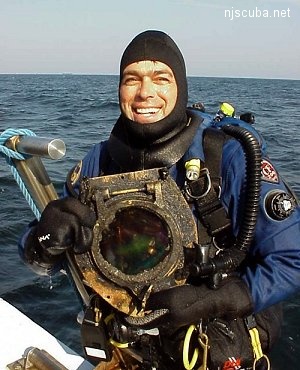
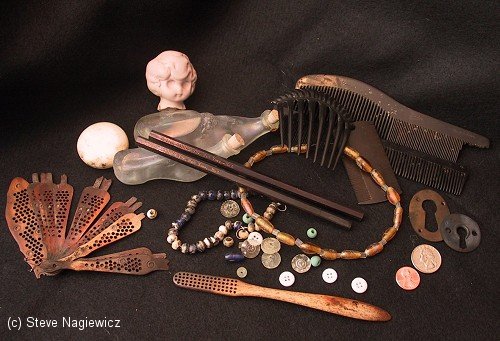
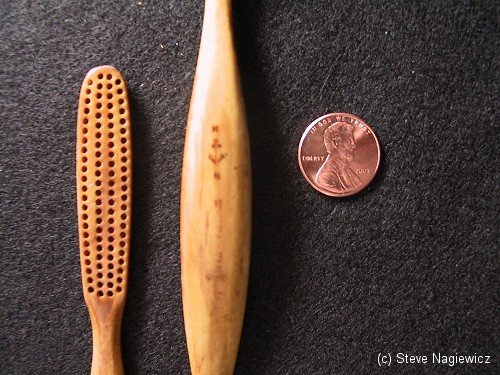
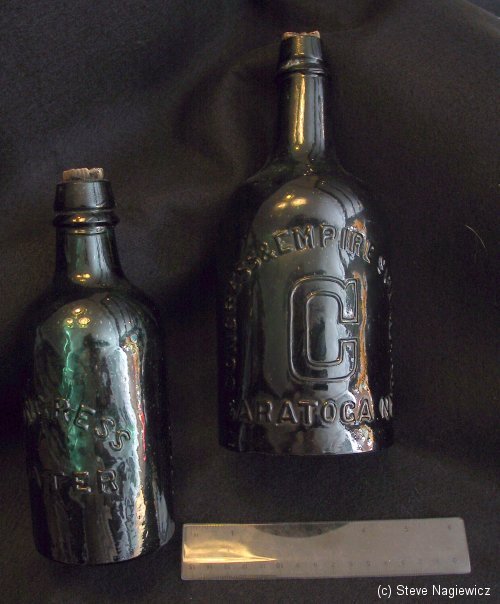
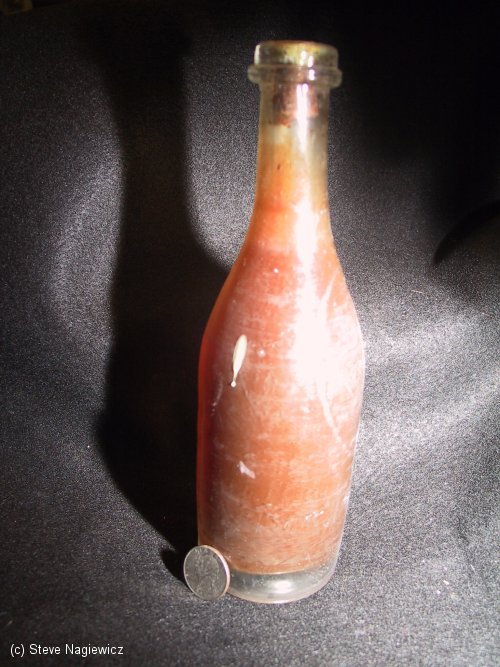
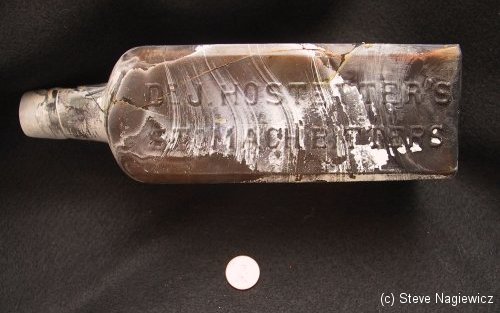
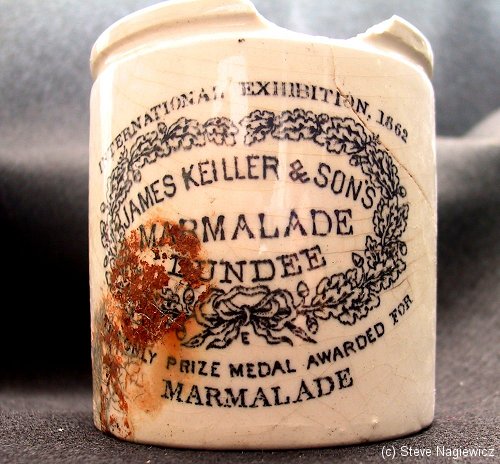
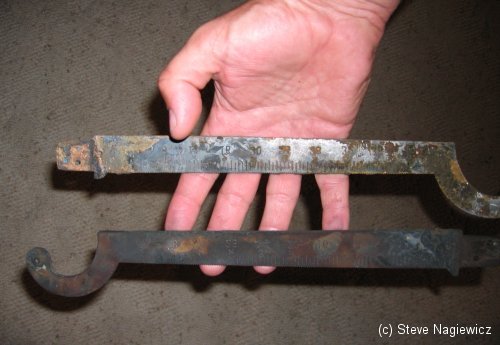
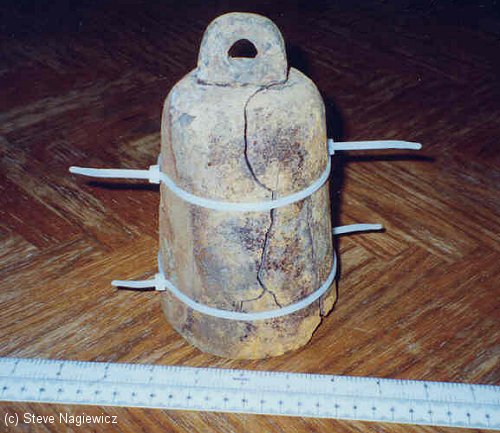
These scales were made of chromed brass. They are marked in increments that indicate they measured weights up to 40 pounds. The counterweight would be attached on one end while the squared end fit into a holder. The top edge of the scale arm has pointed ridges for adjusting the weights.
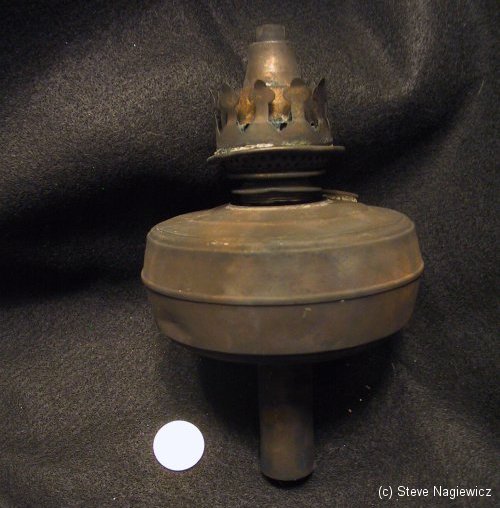
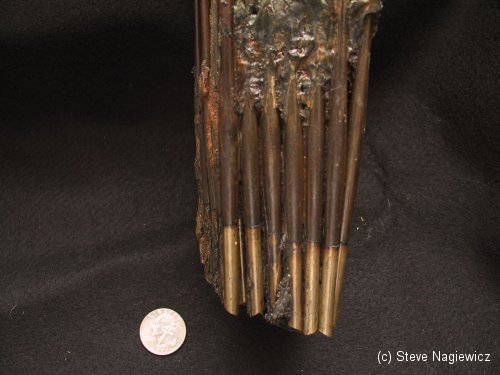
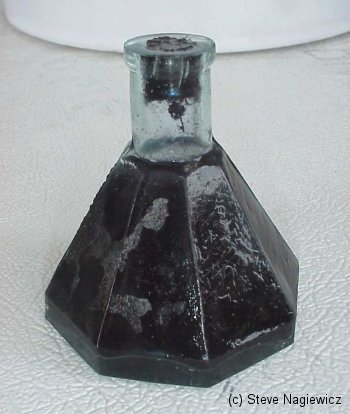
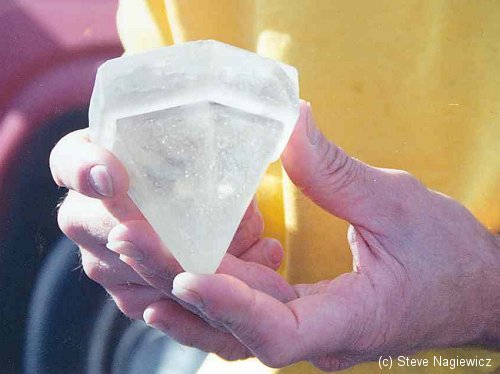
Historical data and pictures courtesy of Capt. Steve Nagiewicz.
Wreck site drawing courtesy of Enrique Alvarez of Diving Equipment Specialties.
Underwater video stills courtesy of diver Perry Arts.

Questions or Inquiries?
Just want to say Hello? Sign the .